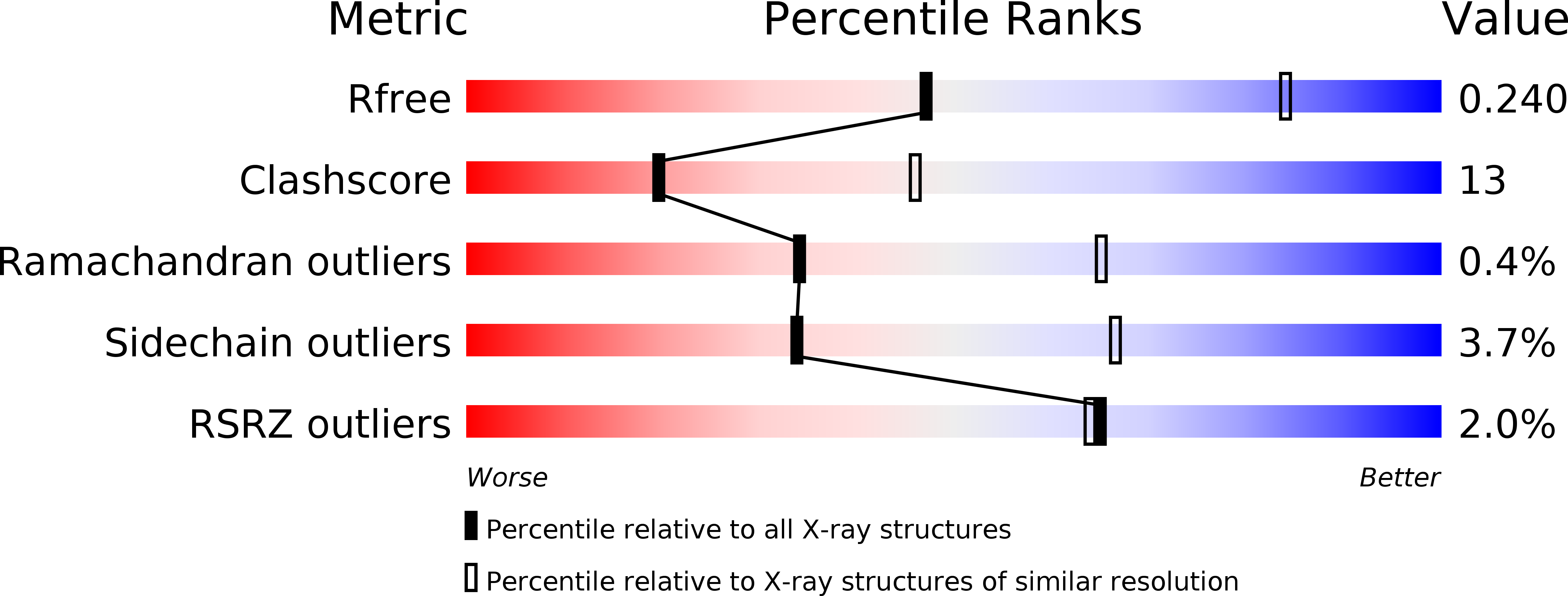
Deposition Date
2020-01-13
Release Date
2020-05-13
Last Version Date
2024-01-24
Entry Detail
PDB ID:
6TWB
Keywords:
Title:
Crystal Structure of the Catalytic Domain of Coagulation Factor XIa in Complex with Double Bridged Peptide F19
Biological Source:
Source Organism:
Homo sapiens (Taxon ID: 9606)
synthetic construct (Taxon ID: 32630)
synthetic construct (Taxon ID: 32630)
Host Organism:
Method Details:
Experimental Method:
Resolution:
2.91 Å
R-Value Free:
0.24
R-Value Work:
0.17
R-Value Observed:
0.18
Space Group:
P 32 2 1


